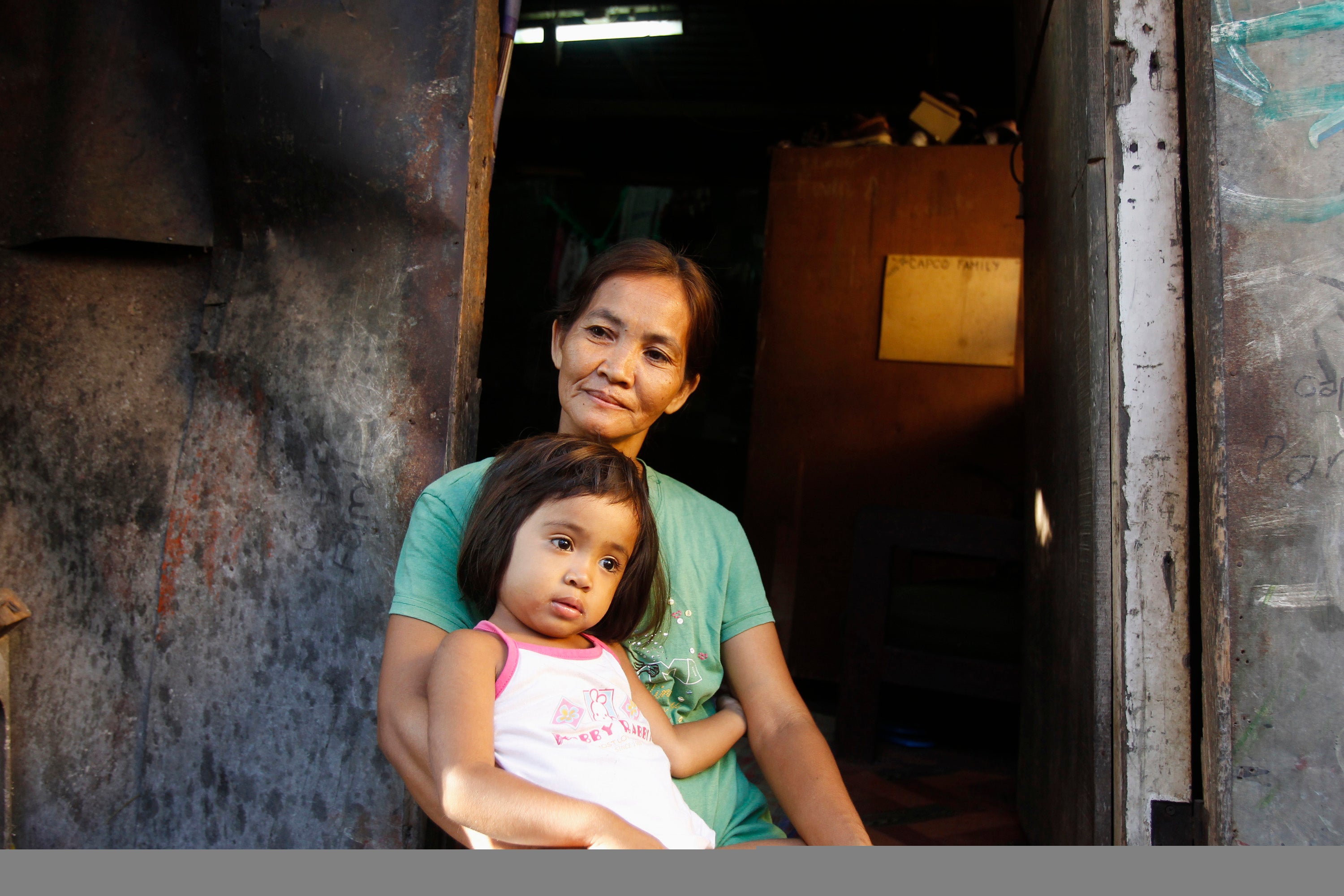A COVID strategy that paid off: reaching women with emergency cash
Exemplars News examines how countries reached their poorest and most vulnerable women with emergency cash transfer programs during the COVID-19 pandemic

Pandemic lockdowns prompted more than 203 governments around the world to launch emergency cash transfers programs to mitigate financial hardship for their poorest families.
Many of those countries, including Pakistan and India, tried to maximize the impact of these emergency funds by ensuring that the programs were accessible to, intentionally included, and prioritized women as beneficiaries. Another 17 countries, – Argentina, Armenia, Bolivia, Ecuador, Egypt, Indonesia, Kenya, Kosovo, Laos, Myanmar, Russia, Rwanda, Serbia, Sudan, Turkey, Vietnam, Uganda, and Serbia – implemented cash transfer programs exclusively for pregnant women and women with children under three years old, according to the World Bank, which provides recommendations for governments on how to design cash transfer programs that reach women, including using self-help groups and sex disaggregated data.
Shelby Bourgault of the Center for Global Development explained why so many governments were so eager to ensure women benefited from these programs. Targeting women in emergency cash programs, Bourgault explained, can improve equity and support women’s human rights. And research has shown that women are more likely to use such resources in ways that benefit the whole family, for example, by supporting children’s health and education. In this way, prioritizing women for emergency cash transfer programs can help limited funds stretch further in the poorest households and cushion the youngest and most vulnerable from shocks, as well as help reduce gender inequality.
“When you give cash assistance to women, it is more likely to benefit the whole household,” Bourgault said. “Also, women are more likely to be living in poverty, even in households that are not otherwise poor. So, when governments channel cash assistance to women, they are increasing the probability that the funds go to individuals who are likely to have access to fewer resources.”
But connecting women with these programs and getting the funds in their hands can be challenging. Traditionally it can be harder to reach women in need because women are less likely to be in formal employment, have a bank account, have a cell phone, visit government offices, have a government identity card, and have access to the internet. Cash transfer programs that fail to address these challenges will exclude women in need.
During the COVID-19 pandemic, a number of countries found innovative ways of overcoming these challenges to reach women. The lessons learned could help strengthen conditional cash transfer programs going forward and help health leaders prepare for the next pandemic.
In Pakistan, for example, the government tapped its rolls for its Kafaalat Program, a cash transfer program for the poorest women that predated the pandemic. Health officials in Pakistan, enrolled all of the 4.5 million women who were Kafaalat beneficiaries in the new COVID emergency cash program. This instantly ensured large numbers of the poorest women were covered by the new program.
One additional benefit of the Kafaalat program is that it automatically opens bank accounts for women in an effort to increase their access to financial services, which could help bring millions of women into the formal financial system for the first time.
However, because authorities required women who were not already included in the Kafaalat program to use a phone to send an SMS with their national identification number to enroll in the emergency cash program, Shelby and her colleague Megan O’Donnell found in their research that the program may not have reached many women who needed it. In general, women are less likely to have both a mobile phone and their national identification number.
The Indian government also leveraged an existing financial inclusion program, Pradhan Mantri Jan-Dhan Yojana (PMJDY), to roll out an emergency cash transfer scheme. What’s more, the program delivered emergency cash only to accounts registered to women. But even with those incentives, research by Yale MacMillan Center and the University of Southern California Dornsife Center for Economic and Social Research found that just 23 percent of poor women surveyed said they had a PMJDY account. The researchers estimate that more than half of poor women are likely excluded from the emergency cash transfer program.
When the state of Tlaxcala, Mexico wanted in April 2020 to quickly identify, enroll, and support women-headed households, which are among the most vulnerable, the government used the list from a recently dismantled social protection program (Prospera) and began issuing benefits.
In Togo, health leaders incentivized women to enroll in their emergency cash program by giving more money to women than to men. Men received the equivalent of US$18.12 per month, while women received US$21.14. As a result, women made up about 65 percent of cash recipients.
Overall, research indicates that cash transfer programs implemented with a gender lens can be powerful levers for improving women’s health, closing gender gaps, and improving educational outcomes for children.
“The pandemic shifted the conversation,” said Bourgault. “So many countries across the board adopted emergency cash transfer programs and many included a gender element. That is unprecedented. But we need to make sure that as the COVID crisis subsides and some of these programs lapse that we don’t lose the lessons learned. We need to improve and strengthen the infrastructure for gender responsive cash transfer programs in advance of the next crisis.”
